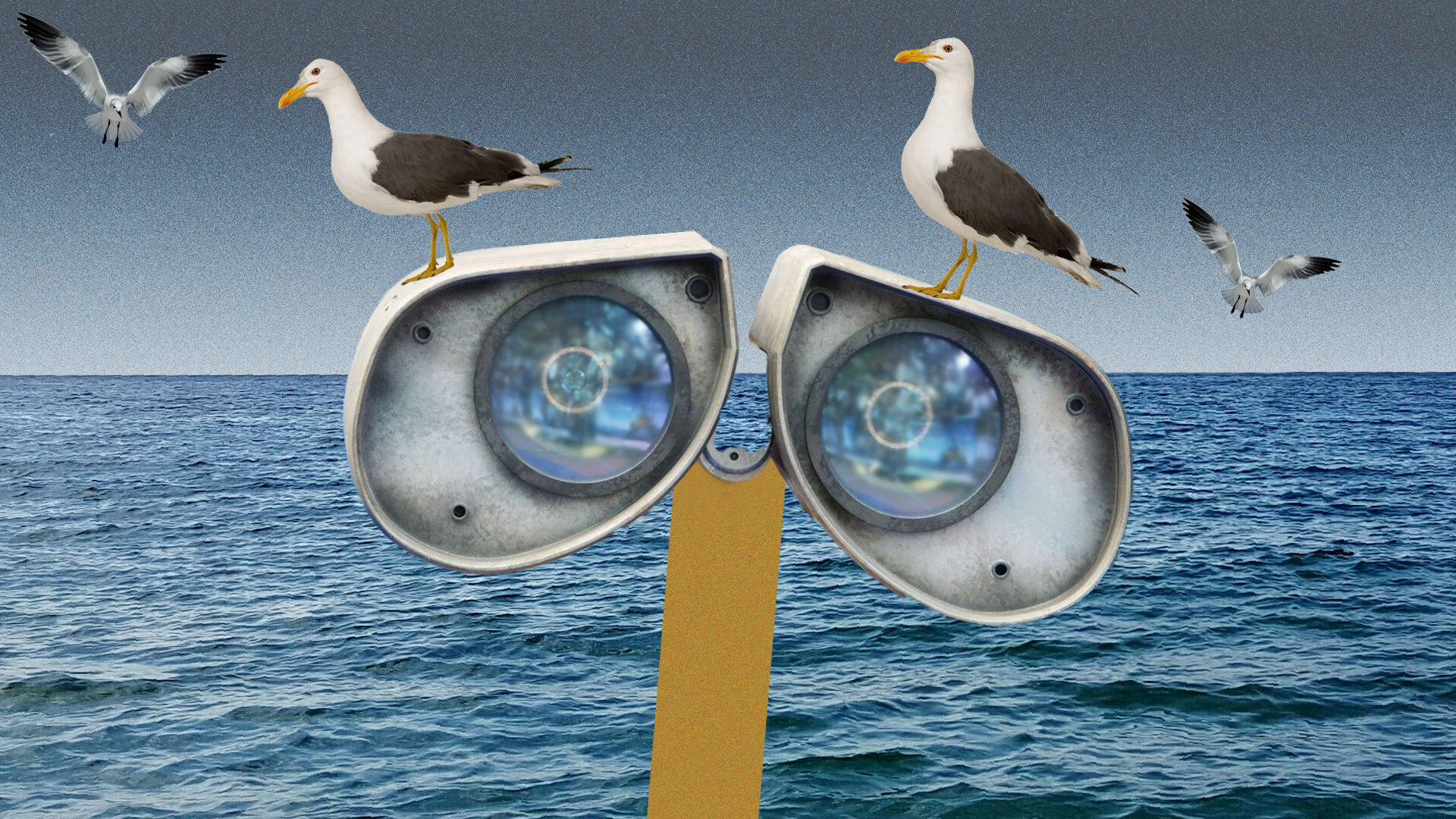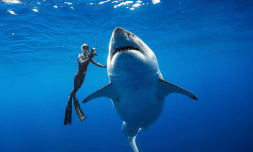Ornithological scientists have in essence created open sea scarecrows to deter seabirds from ending up in fishing nets. I know how it sounds, but data shows they’re proving surprisingly effective.
Remember Pixar’s adorable waste collecting hero Wall-E? Well seabirds are utterly terrified of it, apparently.
In response to alarming ornithological figures revealing that more than 720,000 sea birds continue to die from getting caught in gillnets annually, a leading bycatch reduction company called Fishtek Marine has developed an ingenious deterrent to keep seabirds at bay.
The device in question, dubbed the ‘Looming Eyes Buoy,’ is an open sea scarecrow which uses bright eye-spots and jarring movements to confuse and frighten our feathered friends away from gillnet fishing zones.
A special new floating device
could help tackle seabird #bycatch from gillnet fisheries
Paper by Yann Rouxel @BirdLife_News et al in @RSocPublishing OpenScience https://t.co/TdcuAGhtwj #Ornithology #Seabirds pic.twitter.com/V8sEXZpxbI
— RSPB Science (@RSPBScience) May 5, 2021
Floating on circular buoys, this prototype machine looks to us (with forward facing eyes) like a Wall-E head on a pole, but surprisingly it’s said to be real effective in tapping into birds innate fear of eye contact. Please don’t start glaring at Pigeons from this day forth.
Scientists from BirdLife International and the Estonian Ornithological Society have put Fishtek Marine’s floating scarecrows to the test, not by leaving them outside parrot aviaries or chicken coups, but by trialling them in the seas of Estonia on long-tailed ducks.
After 250 hours of observation, the team found that Looming Eyes Buoys were able to stop local ducks congregating at a rate 20-30% more efficient than traditional fishing buoys intended for the same purpose.
It was also promising to see that long-tailed ducks returned in large numbers once the device had been removed, all but underpinning the Looming Eye Buoy as the delineating factor in the experiment.



















